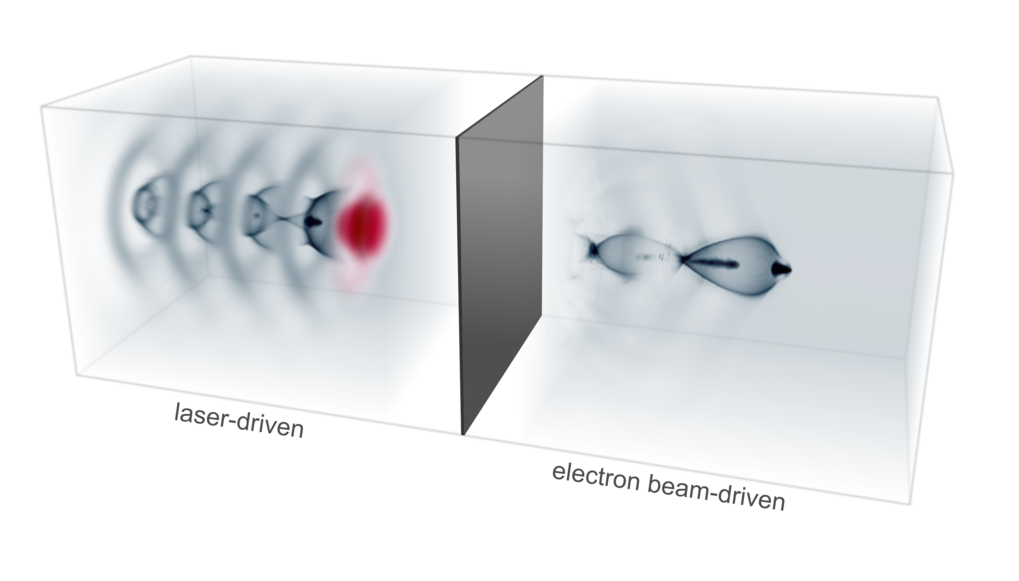A recent breakthrough in quantum physics has fully mapped the statistical outcomes produced by quantum entanglement, essentially decoding the quantum world’s language. Theoretical physicists at the Institute of Theoretical Physics in Paris-Saclay have determined the complete range of statistical outcomes from entangled systems, establishing a foundation for comprehensive quantum device testing.
Quantum entanglement, where separated particles maintain connections despite distance, is driving the “second quantum revolution” in technologies like quantum computing and communication. The correlations between entangled particles depend on their degree of entanglement and measurement choices, with meaningful quantum correlations requiring at least two distinct measurements with multiple potential outcomes.
These quantum correlations demonstrate “non-local” properties that pass Bell tests, meaning they cannot be explained by local hidden variable models—work recognized by the 2022 Nobel Prize in Physics. More remarkably, the statistics obtained from measuring entangled quantum states can often directly reveal physical attributes of the system without any assumptions about the quantum devices themselves, a property called “self-testing.”
The researchers, Victor Barizien and Jean-Daniel Bancal, have now shown it’s possible to completely describe the statistics obtained when measuring partially entangled objects. They found a mathematical transformation allowing them to understand partially entangled states through maximally entangled ones, providing a complete description of quantum statistics.
This complete knowledge of achievable quantum statistics has profound implications. It identifies the theoretical limits of quantum physics and bounds the experimental results we can expect. It also enables exceptionally effective testing procedures for all types of entangled systems, enhancing security for quantum devices by basing tests on observational results rather than physical properties that may change over time. This opens new avenues for quantum testing, communications, cryptography, and computation.
The paper has been published in Nature Physics.
Reference: “Quantum statistics in the minimal Bell scenario” by Victor Barizien, and Jean-Daniel Bancal, 26 March 2025, Nature Physics. DOI: 10.1038/s41567-025-02782-3



